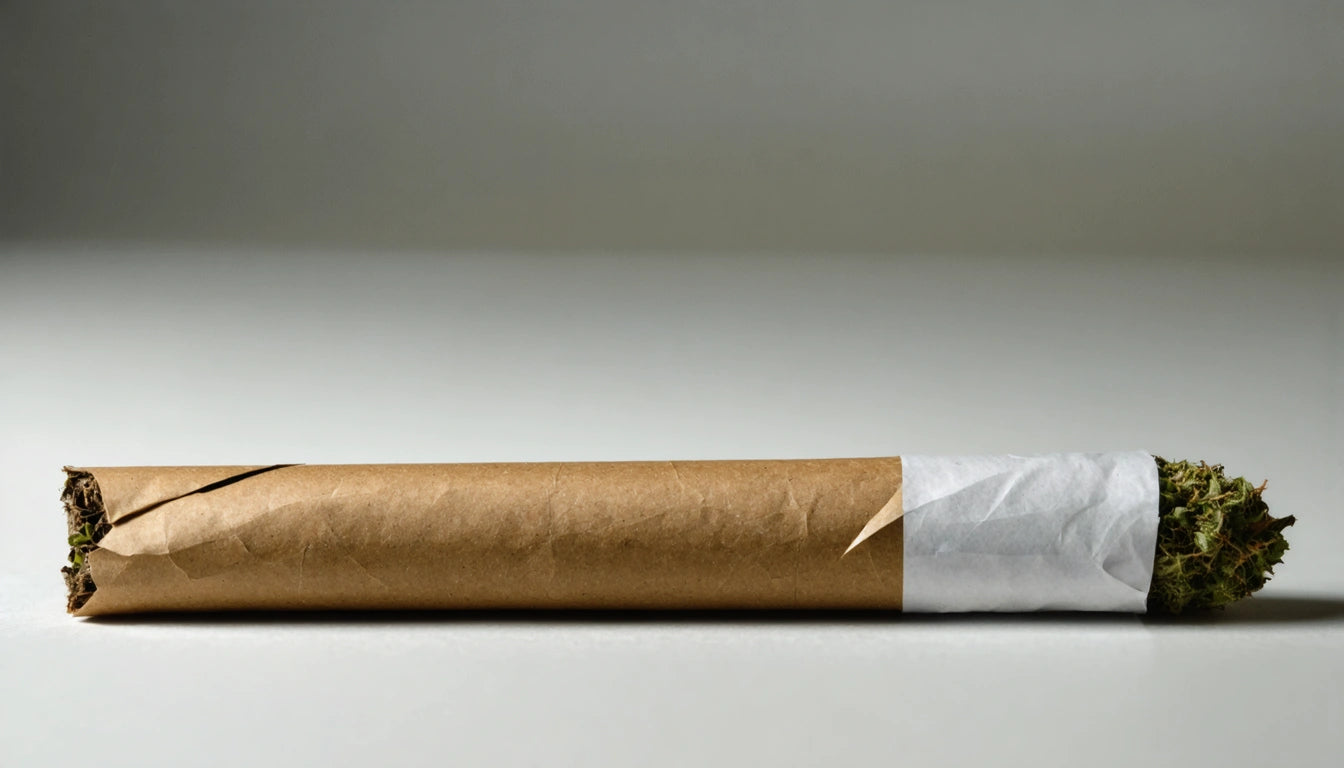Understanding Live Resin and Cured Resin Carts: Differences, Usage, and Best Practices
Cannabis concentrate cartridges have revolutionized consumption methods, offering convenience, discretion, and potency. Among the premium options, live resin and cured resin carts stand out for their flavor profiles and effects. This comprehensive guide explores their differences, optimal usage temperatures, and best practices for consumers and producers alike.
What Are Live Resin and Cured Resin Carts?
Resin cartridges contain concentrated cannabis extracts designed for vaporization through specialized battery-powered devices. The primary distinction between varieties lies in the processing methods and starting material.
Live Resin Defined
Live resin is produced from flash-frozen cannabis plants, preserving the plant's original terpene profile. This freezing process occurs immediately after harvest, capturing the living essence of the plant before degradation can occur. The result is a highly aromatic, flavorful concentrate that closely mimics the fresh plant's characteristics.
Cured Resin Explained
In contrast, cured resin carts utilize traditionally dried and cured cannabis flower as the starting material. The curing process allows for controlled degradation of certain compounds while developing others, resulting in the familiar cannabis aroma and flavor profile most consumers recognize.
Live Resin vs Cured Resin Carts: Key Differences
Understanding the distinctions between these two premium concentrates helps consumers make informed purchasing decisions based on their preferences and needs.
Terpene Content
The most significant difference between live and cured resin lies in their terpene profiles:
- Live resin: Higher terpene content, especially monoterpenes that are typically lost during curing
- Cured resin: Modified terpene profile with some loss of volatile compounds
Production Process
Production methods vary significantly:
- Live resin: Requires immediate post-harvest freezing and specialized extraction equipment
- Cured resin: Follows traditional cannabis processing with drying and curing before extraction
Price Point
Cost differences reflect the production complexity:
- Live resin carts: Generally command premium prices due to labor-intensive processing and higher terpene content
- Cured resin carts: Typically more affordable while still offering quality concentrate experiences
Optimal Temperature Settings
Finding the best temp for live resin carts is crucial for maximizing flavor and effects while preventing degradation of sensitive compounds.
Temperature Recommendations
For optimal experience with resin cartridges:
- Live resin: 325 °F-450 °F (165 °C-232 °C), with lower temperatures preserving more terpenes
- Cured resin: 350 °F-500 °F (177 °C-260 °C), with slightly higher temperature tolerance
Many connoisseurs prefer starting at the lowest effective temperature and gradually increasing until finding their sweet spot. Variable voltage batteries are essential for this approach, allowing fine-tuned temperature control.
Consumption Methods and Alternatives
While vaporization is the primary consumption method for cartridges, consumers often ask about alternatives.
Can You Eat Live Resin from a Cart?
Technically, live resin can be consumed orally, but there are important considerations:
- Cartridge resin is not decarboxylated (activated) and contains THCA rather than THC
- Without heating to convert THCA to THC, psychoactive effects will be minimal
- Carrier oils and additives in cartridges may not be suitable for oral consumption
For those interested in processing cannabis at home, specialized equipment like commercial-grade grinding machines can help prepare material for extraction, though this requires advanced knowledge and proper safety precautions.
Selecting the Best Live Resin Carts
When shopping for premium resin cartridges, consider these factors:
Quality Indicators
- Transparency: Look for lab testing results showing cannabinoid and terpene profiles
- Color: Live resin typically has a deep amber to light gold appearance
- Hardware: Ceramic or glass components often preserve flavor better than metal
Popular Varieties
Some consistently well-reviewed live resin cart varieties include:
- Full-spectrum extracts that preserve minor cannabinoids
- Single-source products where the producer controls cultivation and extraction
- Strain-specific offerings that highlight unique terpene profiles
Comparing live resin to distillate products reveals significant differences in complexity and effect profile, with live resin offering a more complete representation of the original plant.
DIY: Filling Live Resin Carts
For those interested in how to put live resin in a cart, the process requires careful attention to detail:
Basic Process
- Gently warm live resin concentrate to achieve workable viscosity (around 100 °F/38 °C)
- Use a glass syringe or precision tool to transfer the warmed concentrate
- Fill cartridge slowly, avoiding air bubbles
- Allow the filled cartridge to settle before use (4-12 hours)
Common Challenges
- Viscosity issues: Some concentrates may be too thick without thinning agents
- Crystallization: THCA can crystallize in carts over time
- Hardware compatibility: Not all cartridges are designed for thicker concentrates
Future of Resin Cartridge Technology
The cannabis concentrate market continues to evolve rapidly, with several emerging trends shaping the future of resin cartridges:
- Solventless extraction methods gaining popularity for both live and cured resin products
- Advanced hardware specifically designed for high-terpene extracts
- Bioavailability enhancers that improve absorption and effect onset
- Terpene preservation technologies that extend shelf life without degradation
As consumer sophistication grows, the distinction between various concentrate types becomes increasingly important, with live resin maintaining its position as a premium option for those seeking the most authentic representation of the cannabis plant's complex profile.
Whether choosing live or cured resin cartridges, understanding the fundamental differences in production, optimal usage temperatures, and quality indicators empowers consumers to make choices aligned with their preferences and desired experiences.











Leave a comment
All comments are moderated before being published.
This site is protected by hCaptcha and the hCaptcha Privacy Policy and Terms of Service apply.